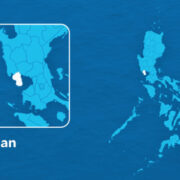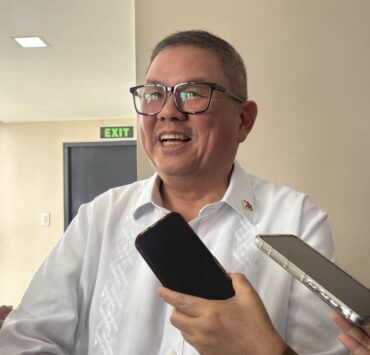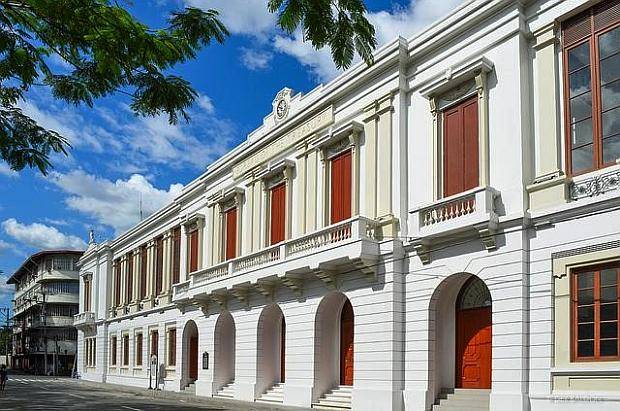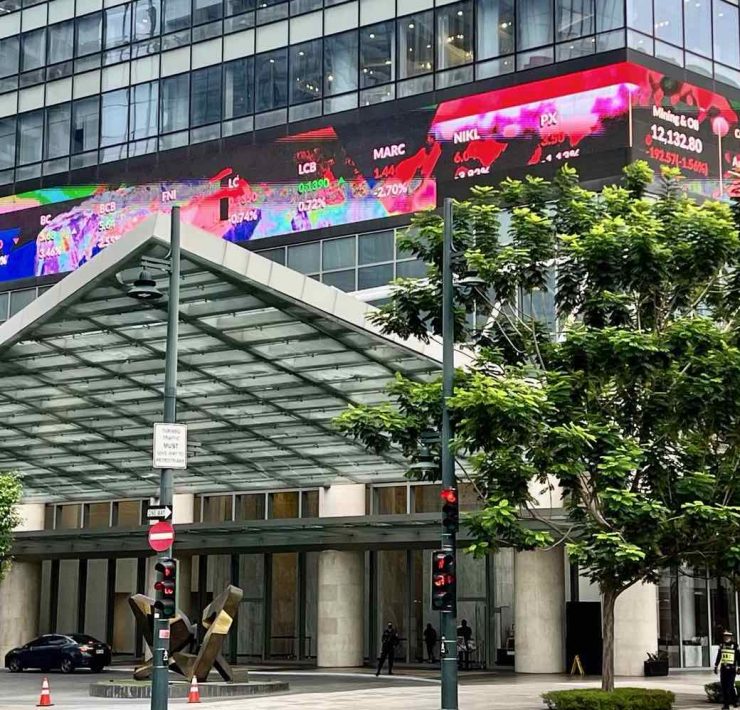‘Not happy’ with 6% economic growth, Balisacan says 2040 vision no longer feasible
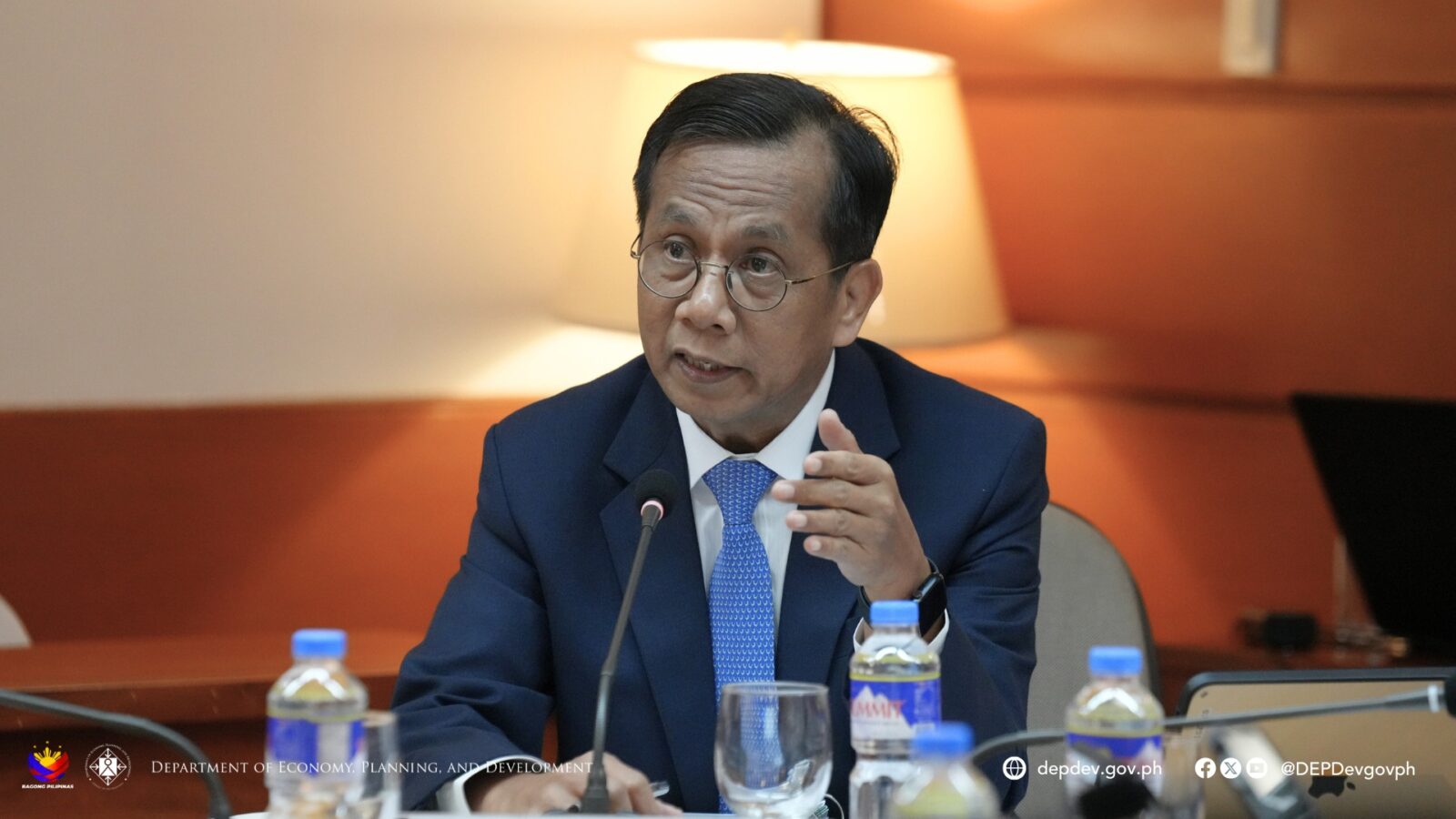
The Philippines may no longer be on track to achieve high-income country status by 2040 as the country needs sustained growth of over 6 percent yearly to reach that milestone by then, according to Economy, Planning and Development Secretary Arsenio Balisacan.
Speaking to reporters, Balisacan said the COVID-19 pandemic significantly disrupted the country’s long-term development goals. The pandemic derailed the government’s AmBisyon Natin 2040 plan, which envisions a high-income Philippine economy by 2040.
While the country has expanded by nearly 6 percent on average over the past 15 years, Balisacan said this pace may not be sufficient to significantly improve the spending power of Filipinos. He also acknowledged the ongoing challenge of making economic growth more inclusive.
Balisacan said the Philippines should aim for an annual growth rate of 8 percent if it hopes to attain high-income country status as quickly as possible.
“I am not, you know, happy with 6 percent,” he said.
“The Covid years set us back significantly… That’s quite a big deal, a lot of contraction. And what that meant is we lost three years of growth momentum. So that 2040, at the current growth rate, is not likely going to be feasible anymore,” he added.
In its latest assessment, the World Bank (WB) grouped the Philippines with other lower-middle-income economies. This group is characterized by a gross national income (GNI) per capita of between $1,136 and $4,495.
WB calculations showed the Philippines had a GNI per capita of $4,470 in 2024. That is $26 short of the benchmark for upper middle-income countries, which have a GNI per capita of between $4,496 and $13,935.
The income status affects eligibility for official development assistance (ODA) and concessional financing –– which low-income nations receive from multilateral lenders like WB to speed up their development. Government data showed total ODA commitments amounted to $39.61 billion in 2024.
In its “Philippines Country Growth and Jobs Report” released last month, WB urged the government to pursue a set of bold reforms that could boost the local labor market and put the country on the cusp of high-income status by 2050.
At present, the multilateral lender defines high-income economies as those with GNI per capita of more than $13,935.
“We can still be within that [high income group] around 2050. But if we can grow faster, while making it more inclusive, we can still meet the 2040 [goal], perhaps. But we need to grow faster,” Balisacan said.











